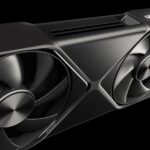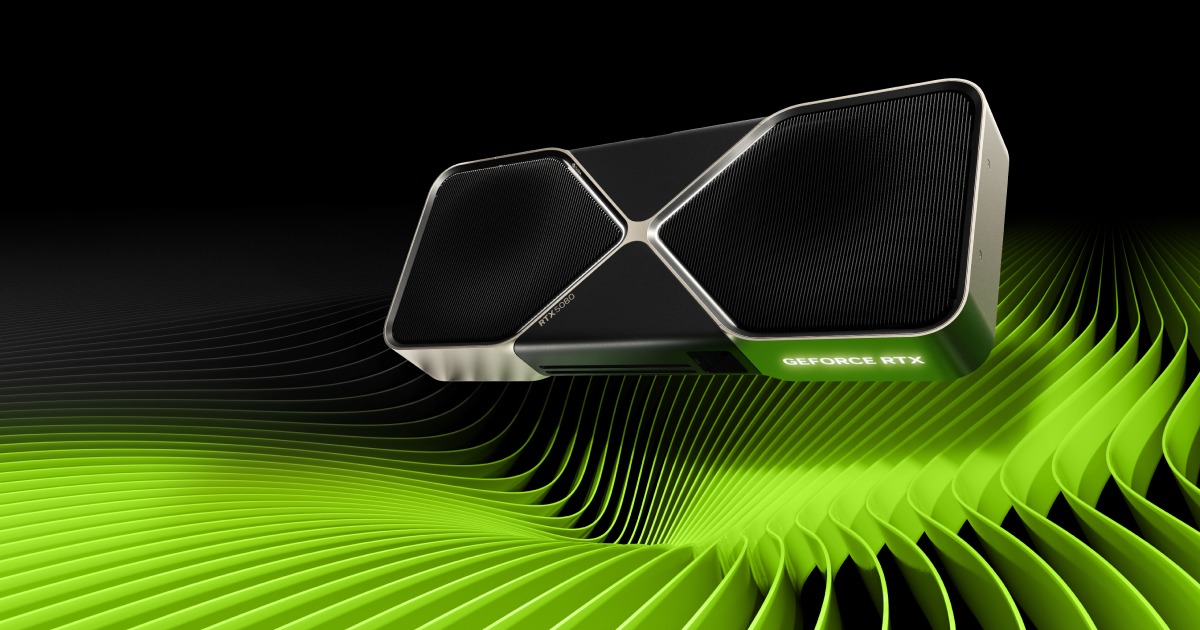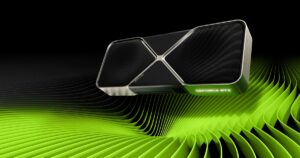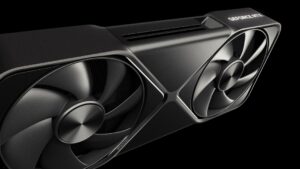
ASUS Zenbook 14 OLED – A Detailed Review
The ASUS Zenbook 14 OLED offers a perfect blend of sleek design, vibrant display, and high-end performance, making it a favorite among professionals and students alike. In this article, we’ll dive deep into its specifications, design, features, and why it stands out in the ultrabook category.
Key Specifications at a Glance
| Feature | Details |
|---|---|
| Display | 14-inch 2.8K OLED (2880 x 1800), 90Hz refresh rate, HDR500 |
| Processor | Intel Core i5/i7 or AMD Ryzen 7 options |
| Graphics | Intel Iris Xe / AMD Radeon Integrated GPU |
| Memory | Up to 32GB LPDDR5 RAM (non-upgradable) |
| Storage | Up to 1TB PCIe 4.0 SSD |
| Ports | 2x Thunderbolt 4, USB-A, HDMI, microSD, 3.5mm jack |
| Battery Life | Up to 12-14 hours |
| Weight | 1.4 kg |
| Operating System | Windows 11 |
| Special Features | OLED display, fingerprint scanner, virtual numpad on touchpad |
Design and Build Quality
The Zenbook 14 OLED sports an ultra-slim and lightweight aluminum chassis that weighs just 1.4 kg, making it an ideal companion for those on the move. With its compact frame and minimalist design, the laptop looks elegant and professional. The hinge lifts the base slightly when opened, improving airflow and ergonomics for typing.
The keyboard is backlit, offering a comfortable typing experience, although some users might notice the absence of certain dedicated keys. Additionally, the trackpad integrates a virtual numpad, which adds to productivity without compromising space.
The Stunning OLED Display
One of the key highlights is the 14-inch OLED display. With a 2.8K resolution and 90Hz refresh rate, the screen offers exceptional clarity and smooth performance. The 16:10 aspect ratio ensures more vertical space for productivity tasks, while the 100% DCI-P3 color gamut and HDR500 certification make it perfect for content creators and multimedia lovers.
Thanks to OLED technology, users benefit from true blacks, vibrant colors, and low blue light emissions, ensuring eye comfort during prolonged use.
Performance and Configurations
The Zenbook 14 OLED is available in multiple configurations:
- Intel Core i5 or i7 processors for those requiring snappy everyday performance.
- AMD Ryzen 7 variant for users focused on multitasking and energy efficiency.
The integrated Intel Iris Xe or AMD Radeon GPU ensures smooth handling of everyday tasks and light creative work, though it’s not meant for heavy gaming.
With up to 32GB of LPDDR5 RAM (non-upgradable), multitasking is a breeze. You can also opt for 1TB PCIe 4.0 SSD, providing ample space and ultra-fast read/write speeds.
Battery Life and Connectivity
ASUS promises up to 12-14 hours of battery life on moderate usage, including web browsing and video streaming. The 65W charger can charge the device quickly through one of the Thunderbolt 4 ports.
In terms of ports, the laptop offers excellent connectivity with:
- 2x Thunderbolt 4 USB-C ports
- 1x USB-A port
- HDMI and microSD card slot
- 3.5mm headphone jack
Security and Software Features
Security is addressed through a fingerprint sensor integrated into the power button, offering quick login. However, the lack of an IR camera for Windows Hello might be a drawback for some.
Preloaded software includes MyAsus, which provides system management and updates. Other tools like ScreenXpert help with multi-window management, and GlideX allows for seamless screen sharing between devices.
Price and Availability
The price varies based on configuration and region:
- Starting price: $1,299 (Intel i5 with 16GB RAM and 512GB SSD)
- High-end models: Around $1,499 (Intel i7 with 32GB RAM and 1TB SSD)
Pros and Cons
Pros
✅ Brilliant 2.8K OLED display
✅ Lightweight and portable design
✅ Good port selection with Thunderbolt 4 support
✅ Virtual numpad on touchpad for added productivity
Cons
❌ RAM is non-upgradable
❌ Lacks an IR camera for facial recognition
❌ Not designed for gaming or intensive graphical tasks
Competitors in the Same Segment
The ASUS Zenbook 14 OLED competes with:
- HP Spectre x360: Offers a 2-in-1 form factor but lacks an OLED display in some models.
- Apple MacBook Air (M2): Superior battery life but limited display quality (non-OLED).
- Dell XPS 13: Great design, but pricier with fewer customization options.
Conclusion: Should You Buy the ASUS Zenbook 14 OLED?
The ASUS Zenbook 14 OLED stands out as one of the best ultrabooks in its class, thanks to its stunning OLED display, lightweight build, and solid performance. It is ideal for users who need a sleek, portable device for work and media consumption.
If you value display quality and portability above all, the Zenbook 14 OLED is a compelling option. However, if upgradeability and gaming are priorities, you might want to explore other alternatives like the Dell XPS 13 or HP Spectre x360.
























Post Comment